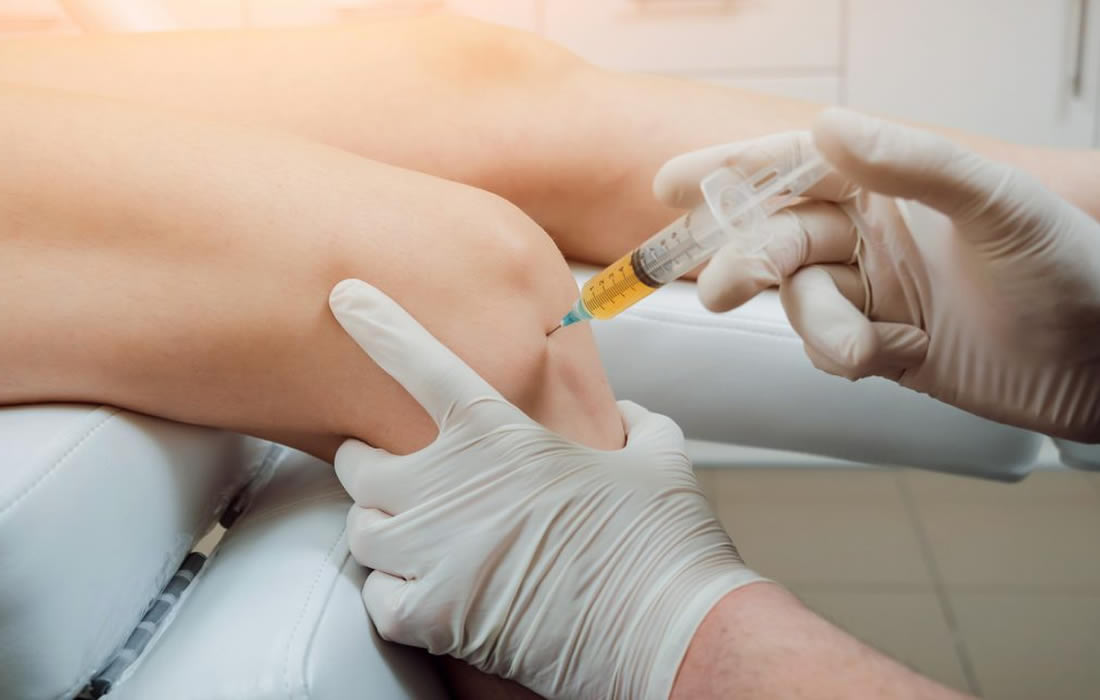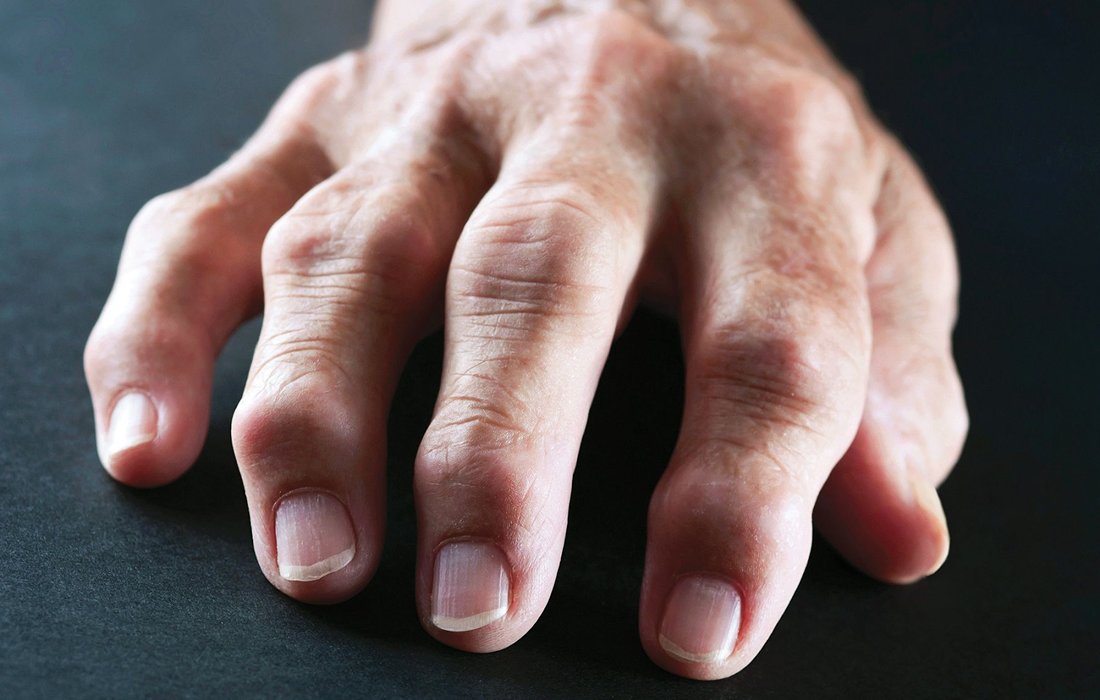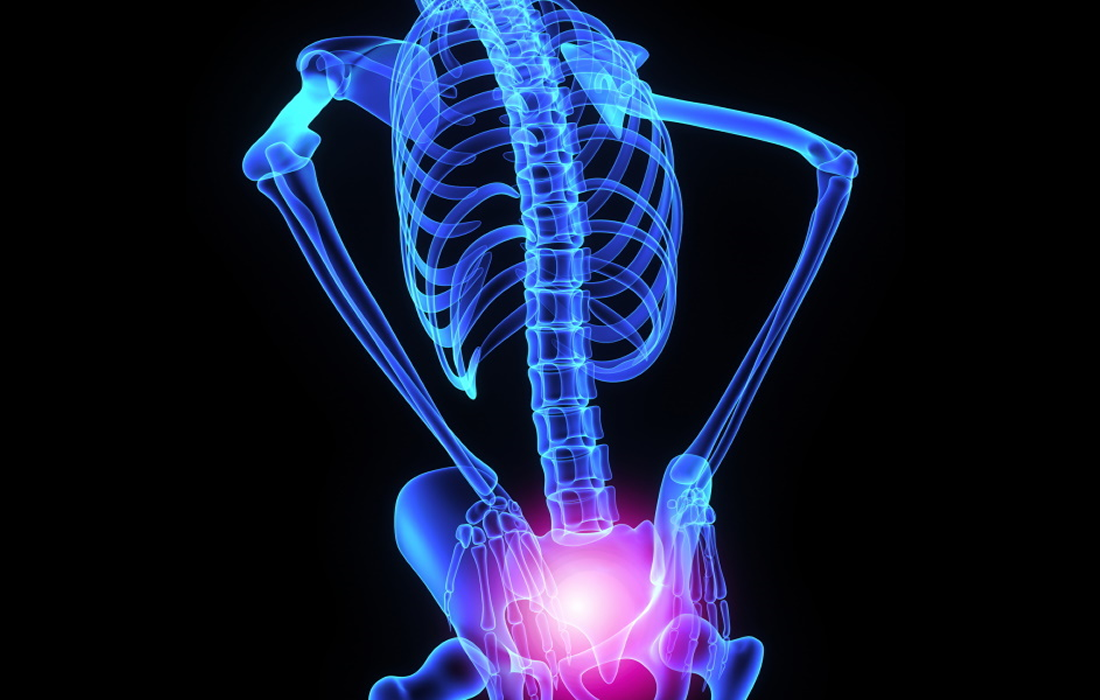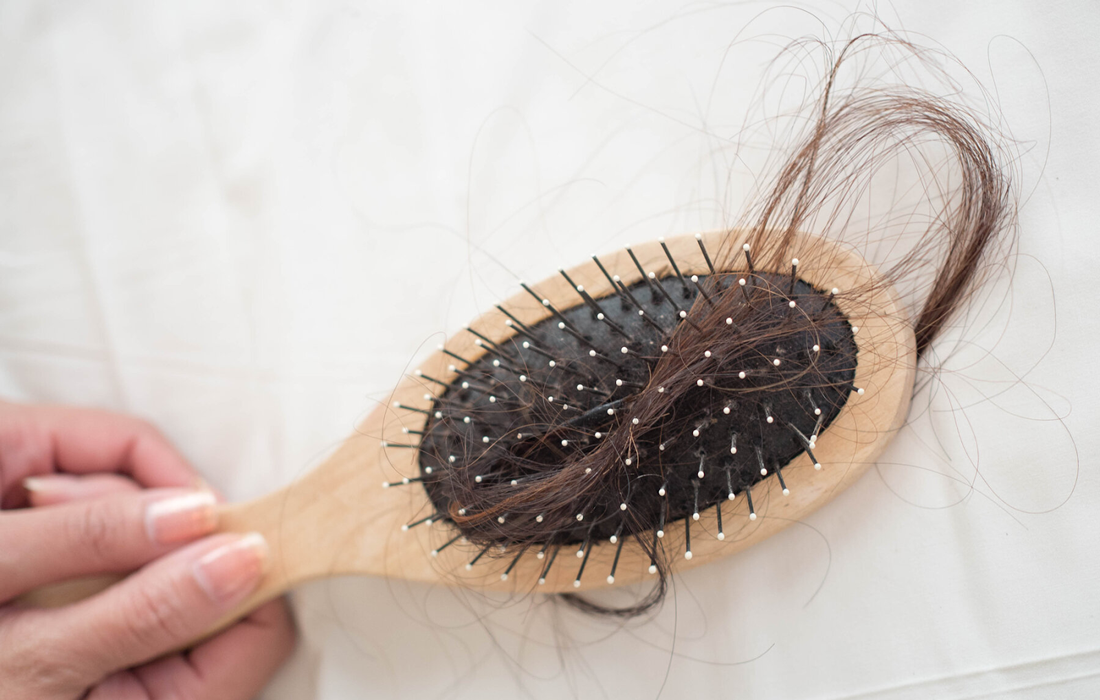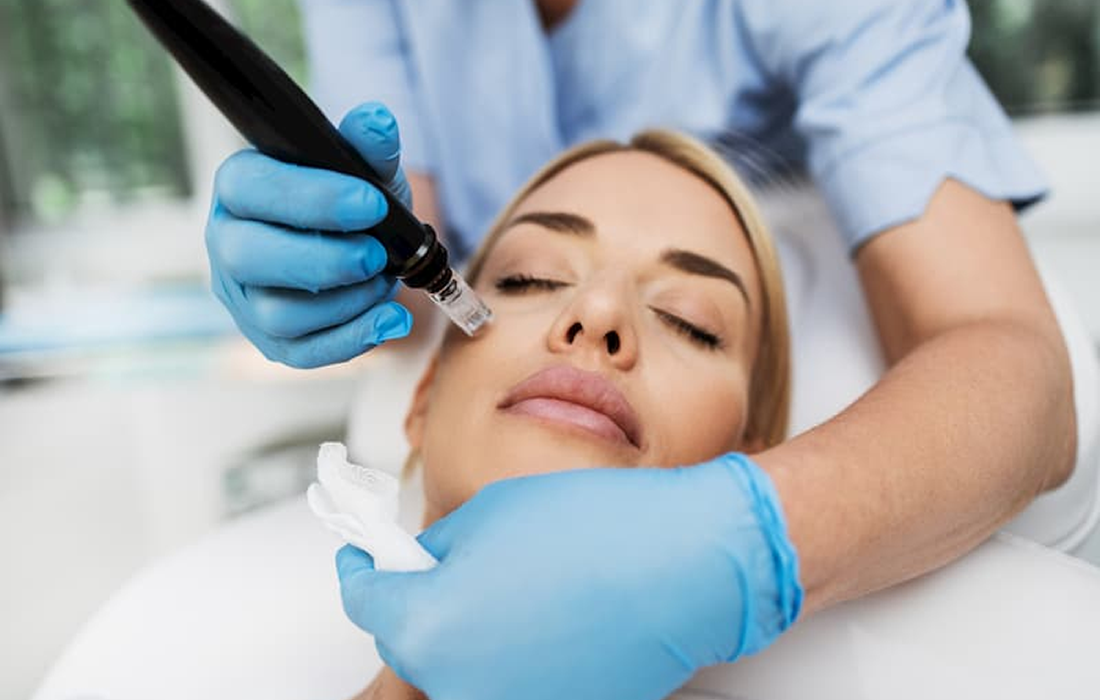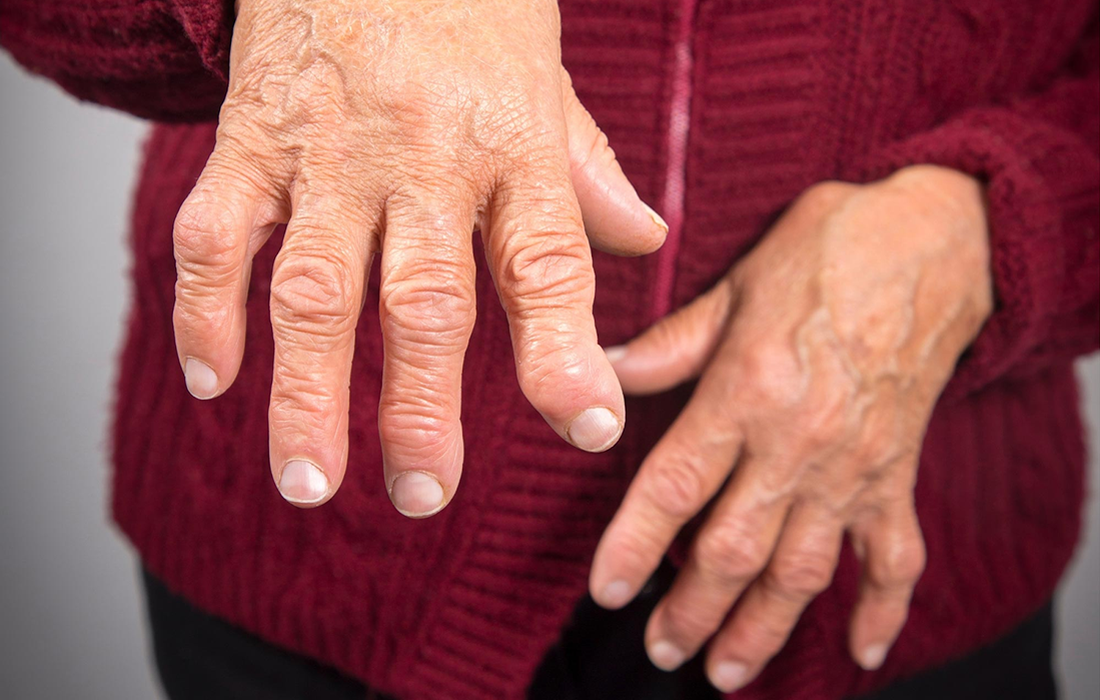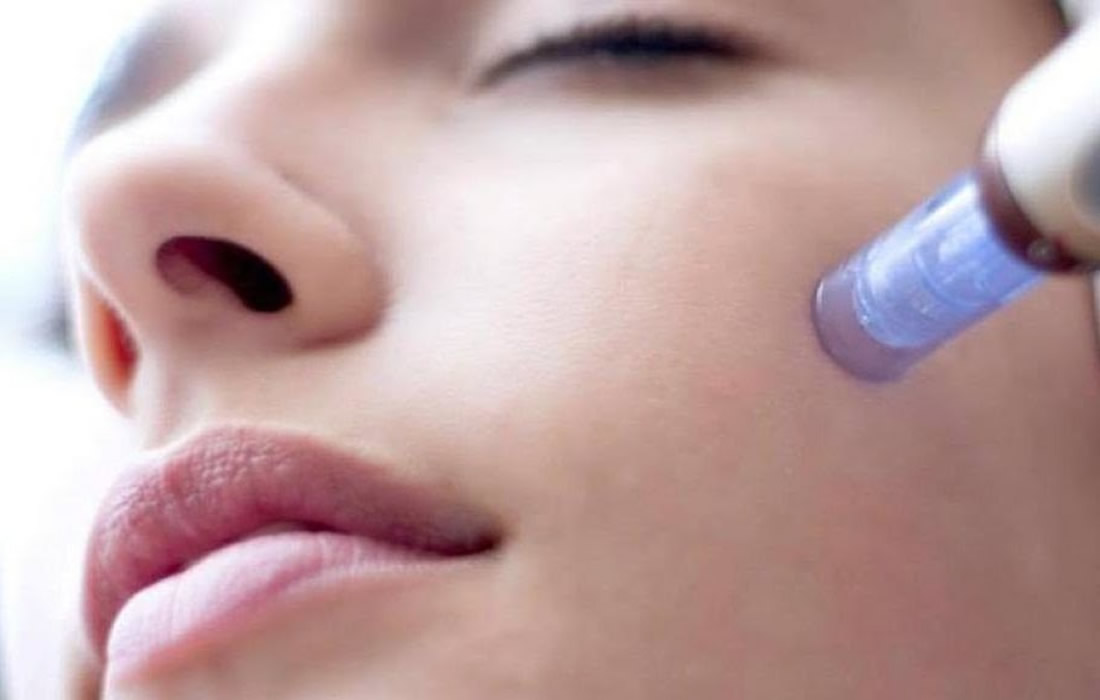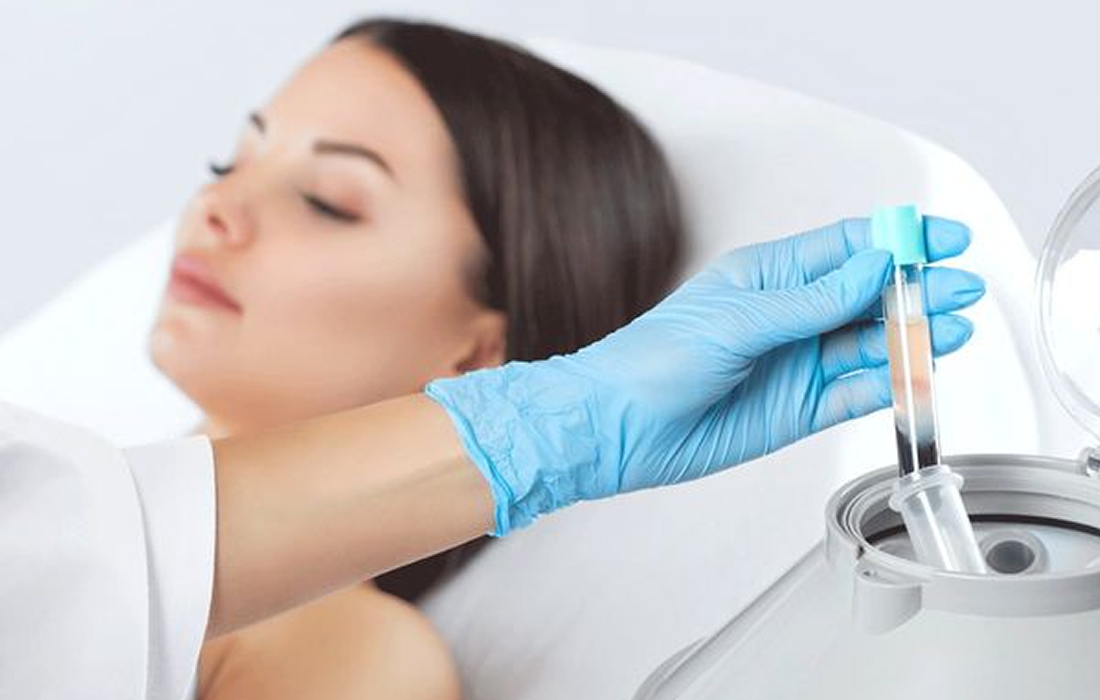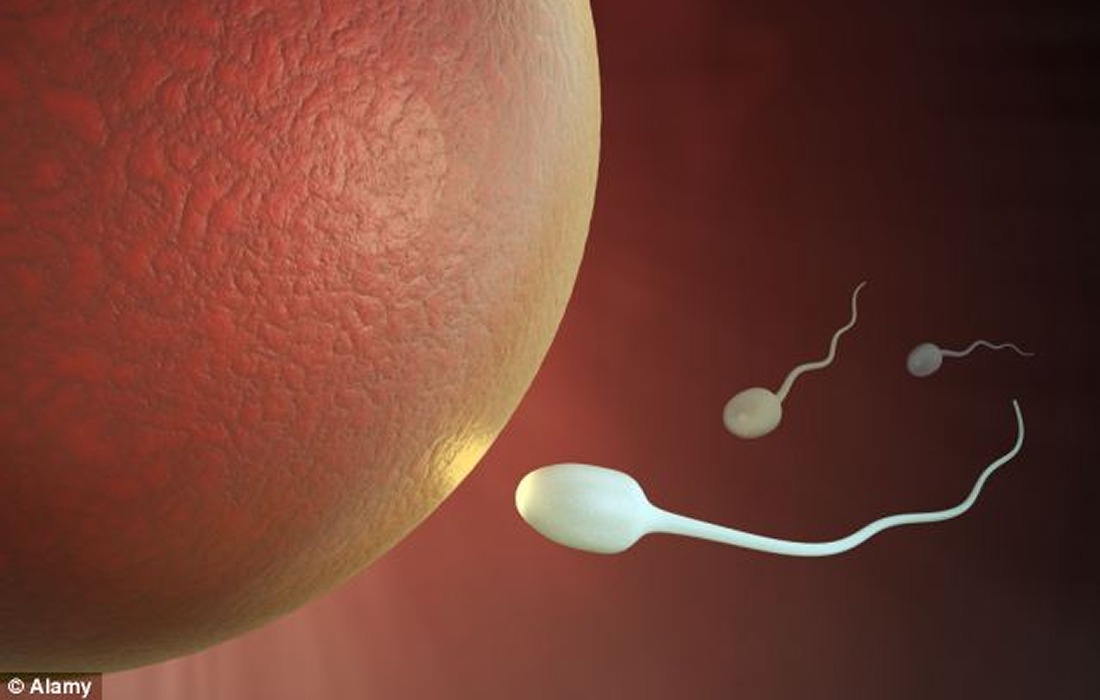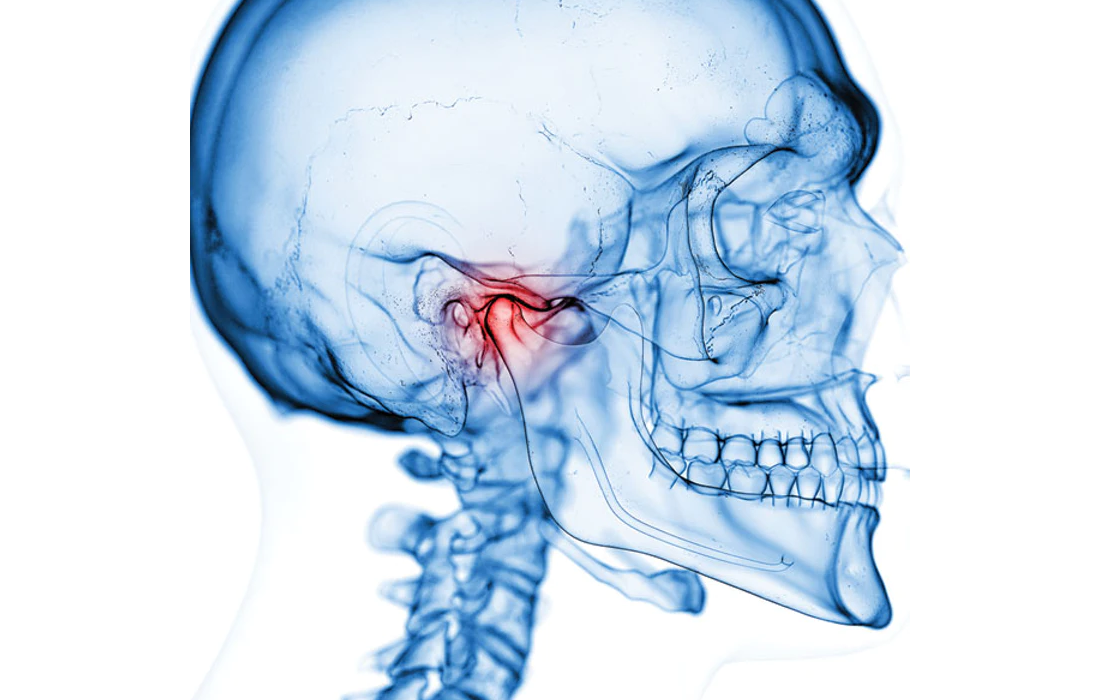Platelet-rich plasma (PRP) therapy includes a group of autologous blood products that are obtained from the patient’s own blood and is administered locally to treat various musculoskeletal disorders. Basic science and clinical research on PRP have expanded in recent years, particularly regarding the use of PRP to treat athletic injuries. These therapies have also gained […]
Category Archives: Platelet-Rich Plasma
Rheumatoid arthritis (RA) is an autoimmune disorder essentially triggered by the activation of fibroblast-like synoviocytes (FLS) which in turn triggers a series of inflammatory reactions leading to the disease process. It is a chronic inflammatory disorder that can affect more than just the joints. In some people, the condition can damage a wide variety of […]
What is Sacroiliac Joint Dysfunction? Low back pain is one of the most common reasons for adult patients to see a physician in both an outpatient and emergency setting. In approximately 15-30% of low back pain presentations, the sacroiliac joint (SIJ) dysfunction is found to be the underlying etiology. There are two sacroiliac joints in […]
Hair loss is treated with a wide range of clinical therapies including low-level laser light therapy as well as 2 medications approved by the Food and Drug Administration (FDA): topical minoxidil and oral finasteride. Surgical options include follicular unit transplant (FUT) and follicular unit extraction (FUE) techniques, which are outpatient procedures with excellent outcomes. In […]
Platelet-rich plasma (PRP) is autologous blood plasma with a concentration of platelets well above baseline. The usual concentration of platelets in the blood is approximately 150,000 to 400,000 platelets per cubic microliter. PRP contains 4-7 times the physiologic concentration of platelets. PRP is prepared by centrifugation of blood drawn from the patient before any procedure […]
Rheumatoid arthritis (RA) is an autoimmune disorder essentially triggered by the activation of fibroblast-like synoviocytes (FLS) which in turn triggers a series of inflammatory reactions leading to the disease process. It is a chronic inflammatory disorder that can affect more than just the joints. In some people, the condition can damage a wide variety of […]
Microneedling therapy, also known as collagen induction or percutaneous collagen induction, is an increasingly popular treatment modality for skin rejuvenation. This approach employs tiny needles to puncture the skin and stimulate local collagen production minimally invasive. Clinicians have incorporated the use of platelet-rich plasma (PRP) to augment cosmetic outcomes. Microneedling devices have expanded in recent […]
Platelet-rich plasma (PRP) is autologous blood plasma with a concentration of platelets well above baseline. The usual concentration of platelets in the blood is approximately 150,000 to 400,000 platelets per cubic microliter. PRP contains 4-7 times the physiologic concentration of platelets. PRP is prepared by centrifugation of blood drawn from the patient before any procedure […]
Reports on clinical uses of platelet-rich plasma (PRP) have dramatically increased in the last decade. Indications for PRP therapy range from muscle and skeletal injuries to hair regrowth. More recently evidence has shown its positive effects in promoting endometrial and follicular growth and gestation in assisted reproduction cycles. Platelets are small, anucleated cell fragments released […]
Temporomandibular joint disorders (TMDs) affect the jaw joints and related structures causing internal derangement of joint space, bone alterations and degenerative pathologies. Frequent signs and symptoms of TMDs are pain, joint noise, limited range of motion, impaired jaw function, deviation or deflection upon mouth opening and closing or open locking. Some changes may include disc […]

